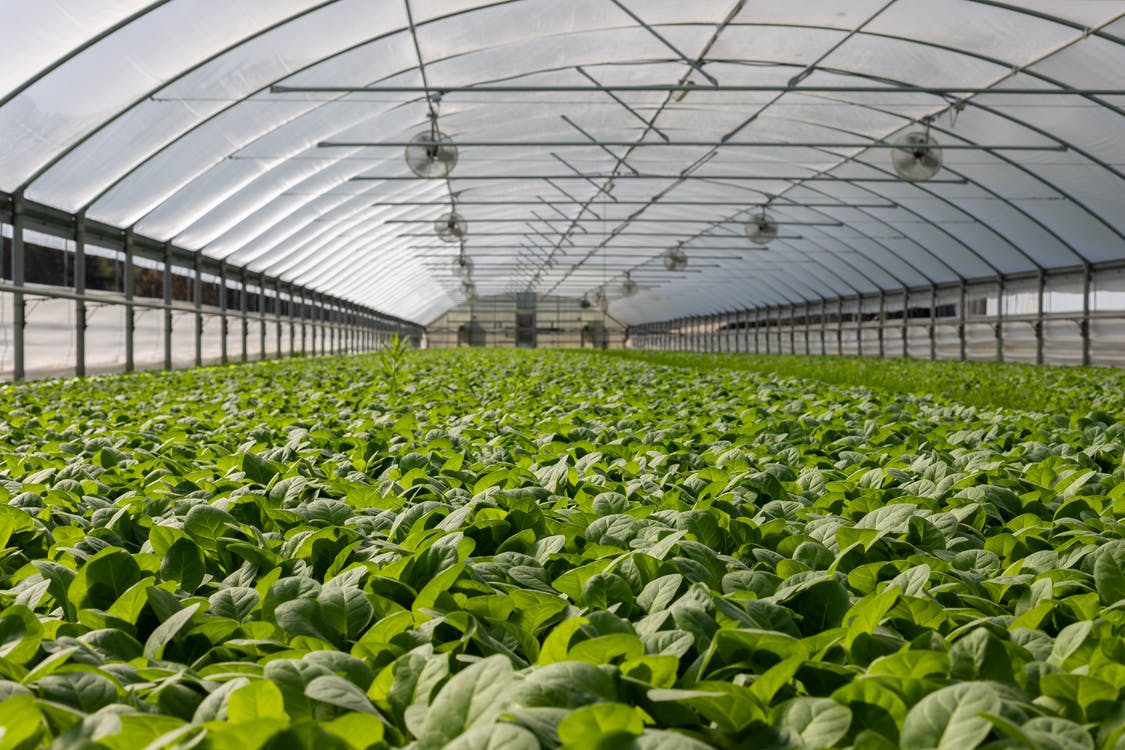Agriculture and sustainable farming has been the key feature for basic sustenance throughout human history; its importance is identified by the fact that the first humans began the cultivation of plants and animal raising at least 12,000 years ago.
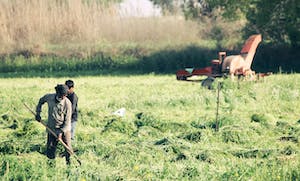
Over the years, farming has undergone wholesale changes that have impacted everything from food production, crop variety, irrigation, soil conditions, etc. The sheer importance of agriculture in society can be identified by the fact that many countries are classified as agricultural or semi-agricultural in economic parameters.
Table of Contents
Types of Agriculture
Since farming has been a global project, there cannot be a holistic approach because of different climates, topography, and environmental conditions. Some common forms of agriculture include:
- Subsistence Farming
- Mediterranean Farming
- Collective Farming
- Arable Farming
- Nomadic Herding
- Rudimentary Sedentary Tillage
- Pastoral Farming
- Commercial Plantation
- Mixed Farming
With the rapid increase of the human population, the demand for farm produce is only increasing. Both commercial and subsistence farming are under pressure to produce more food for a market with diverse needs. This has resulted in problems such as overproduction, land degradation, destruction of rare plant species, unequal distribution of produce among populations, etc.
However, sustainable farming practices can tackle some of these grave challenges effectively. In the age of global warming, it is essential that a healthy ecosystem is created in farming, not only to safeguard the future of agriculture but also to introduce new methods to meet the nutritional needs of every person.
Why Sustainable Farming?
As the word suggests, sustainable means being able to sustain a particular activity. With global warming fundamentally altering weather patterns, dependence on crops that are climate specifics is becoming challenging every season. In other words, their sustainability is gravely impacted.
Increased food production and crop variations will have a cascading effect on various internal and external features such as:
- Per capita food consumption
- Tackling malnutrition
- Soil conservation
- Protection of forests and endangered wildlife
- Reduction in carbon emissions
- New small and medium commercial opportunities.
Hence, there are many benefits of sustainable farming. Ensuring that the dietary needs of the present and future generations are secured is indeed a great motivation to implement sustainable agriculture at the earliest!
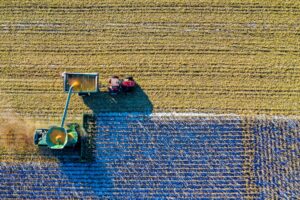
Six Trendy Sustainable Farming Methods
-
Urbanization of Agriculture
Agriculture, from the onset, is generally associated with rural life. The large open spaces and the surrounding biodiversity in the countryside provide ample opportunities for large-scale farm production. To localize the food system and introduce modernization methods, the urbanization of agriculture is necessary.
The biggest challenge facing the development of farming in cities is the lack of space for cultivation. However, farming in the backyard, gardening, rooftop cultivation, greenhouses, and indoor hydroponic farms can be adequate solutions to the problem.
Urban Agriculture can be a smart way to decrease the dependency on rural areas for sustenance. The added vegetative greenery will add new natural textures to the bleakness of any concrete jungle.
-
Transition to Organic Farming
Chemical pesticides have been used in conventional farming for years. They are a highly mechanized and relatively cheaper substance available to farmers for crop production. However, the adverse effects of industrial pesticides on crops are many. They include:
- Food adulteration
- Ecological damage
- Causing life-threatening diseases like cancer
- Soil degradation
Organic farming can provide a viable alternative to these problems. More biologically driven and free of synthetic pesticides, organic agriculture helps farmers reduce the output of harmful emissions like nitrous oxide and methane into the environment.
Research has also shown that organic produce is much healthier to consume and has a positive effect on wildlife, land and air quality, and the overall health of the farmers.
In the quest to achieve sustainability in agriculture, organic farming will play a crucial role.
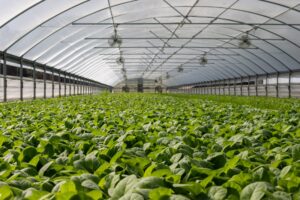
-
Introducing Agroforestry
The concept of Agroforestry involves the artificial growth of an entire forest ecosystem within farming lands. The process itself is an extended one because forest covers take a long time to spread completely. However, the result of this process can be highly fulfilling.
Under this system, trees are extensively grown to create an accepting environment in areas unfavorable for cultivation. There are drastic changes in the soil quality and stabilization, making the area hospitable for a single crop or many crops, depending on the requirements.
Additionally, an entirely new biodiverse area adds new sources of income from fruits, wood, and mushrooms for farmers. Agroforestry can be a very productive way to enhance the quality of agriculture as a whole and maintain sustainability.
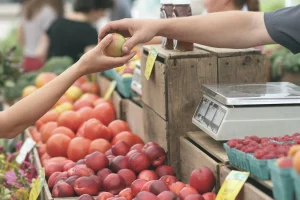
-
Hydroponic and Aquaponic Systems
Hydroponic agriculture is a technologically advanced farming method that involves cultivation using water-based nutrients and aquatic sources rather than soil. Since there is no soil usage in the process, farming can occur annually without any restrictions imposed by the weather and climate patterns.
Hydroponic agriculture yields are much higher than conventional agriculture because cultivation occurs throughout the year. Similarly, the aquaponic system uses the same water sources to raise aquatic animals like fish. The two systems have a complementary nature where the aquaponic process’s recycled water is used to replenish the hydroponic system.
The hydroponic and aquaponic systems are significant commercial innovations that help diversify farming practices and make them more commercially viable.
-
Using Renewable Energy Sources
It has been widely reported that Greenhouse Gases (GHG) emissions from the agricultural sector are around 35%. The use of conventional methods of farming has contributed immensely to global warming. However, it’s not too late. There are various renewable sources of energy that can be used for sustainable agriculture. They are:
- Solar Energy
- Hydropower
- Wind Farms
- Bio-fuels
- Tidal Energy
With renewable energy, the dependency on environmentally harmful substances will decrease drastically, making agriculture more resource-friendly.
-
Increasing the Variety of Crops
Due to climatic and market reasons, there is sometimes an impulsion to grow only a single crop across farming sectors. This results in over-dependency and a high chance of losses if crop failure occurs.
Polyculture can be an excellent strategy to diversify crop production and decrease diseases related to plants and vegetables. It’s also environmentally friendly since there’s a reduced usage of industrial fertilizers and pesticides.
Conclusion
Sustainable farming is the future of agriculture. These new methods must be adapted to ensure that no one goes hungry and the environment is protected. In the quest to tackle global warming, agriculture’s innovative and technically advanced role in the coming years will be immense.







